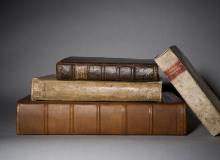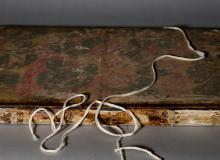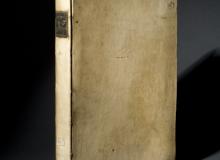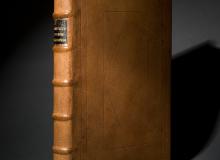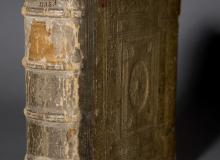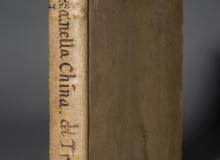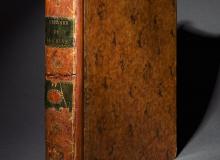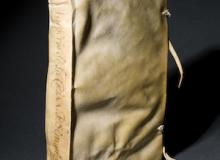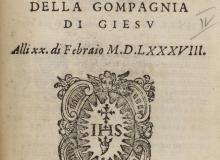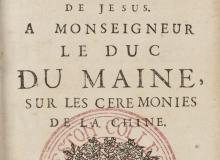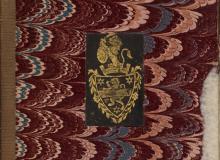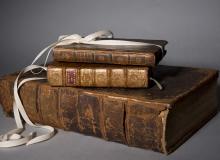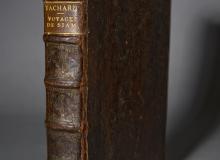Books
The Jesuitana Collection contains more than 2,500 volumes published by or about the Jesuits prior to the order’s suppression in 1773. It documents the significant contributions of Jesuits to a wide range of disciplines in the early modern period, including in the fields of mathematics, science, history, travel, philosophy and Biblical exegesis. Here are 13 important books from the collection. All of them deal with east-west cultural exchange.
